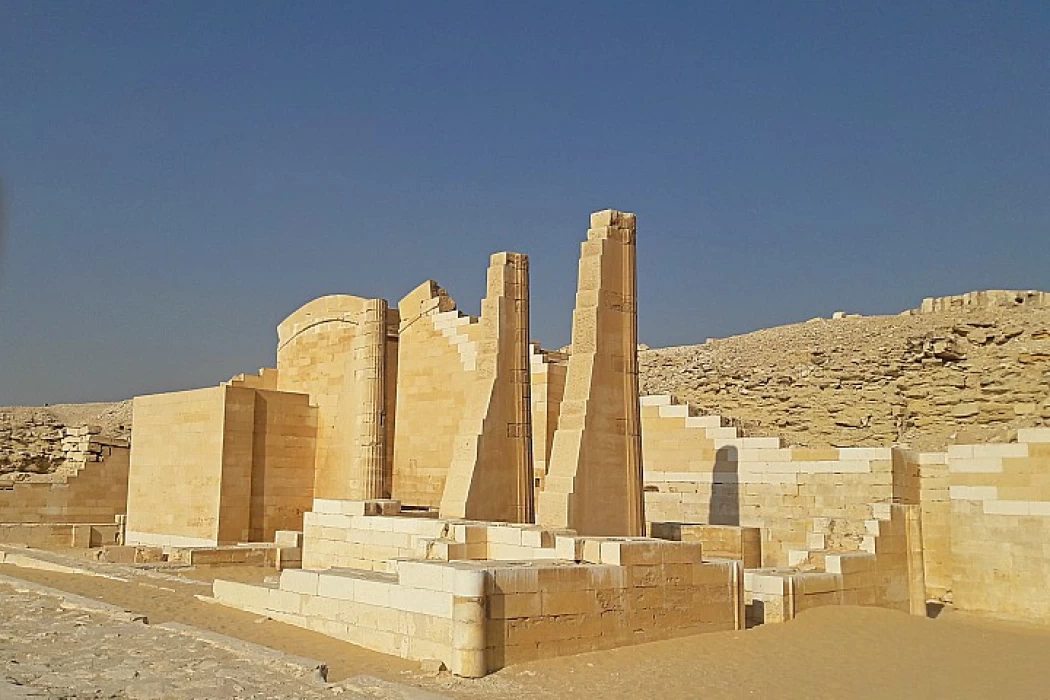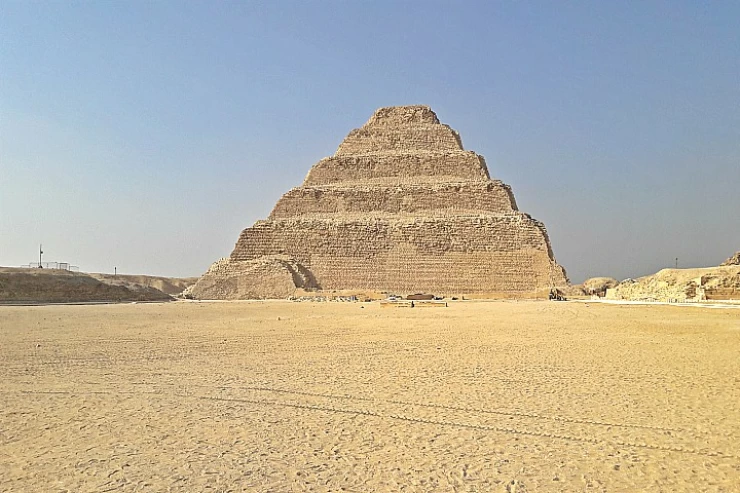
The Feast of The Hep Sed, the Feast of Rejuvenation
The Hep Sed Festival in Ancient Egypt
The Hep Sed festival wasn’t only a public event that the people celebrated with the king, but was also a manifestation of the king’s good health and ability so that he can continue to reign and renew his powers for another three years. We find multiple representations of this important festival, that normally depict the king in a running state alongside the Apis-bull to prove his physical ability to keep ruling.
*Sed was also connected to goddess Maat in some ways and might have been seen as a symbol of justice representing the goddess Maat herself.
Normally, the festival officially takes place after a king had ruled for thirty years, but evidence assumes that some kings, including those with short periods of reign, had celebrated their Hep-Sed day way earlier. There is proof that may seem to indicate that the king was allowed, for one reason or another to change the known period between the festivals, after the first jubilee in particular.
The origin of the Hep-Sed festival isn’t really known, even though there is some evidence, that it happened from the very beginning of Egypt's recorded history and even occurred during the Predynastic times. The oldest available example of this Hep-Sed festival is found on the ritual mace head decoration of king Narmer, which is believed by some to be a sign that this king had ruled for at least thirty years.
Although, it is also possible that this decoration on this mace head probably isn’t a representation of the Heb-Sed feast at all.
What is evident and clear is the proof form of a small ebony label once attached to a jar of oil from the tomb of King Den at Abydos, on which is depicted a tiny stick-man figure of the king running around a defined course and carrying the Heb-Sed insignia. To the left of the figure is a platform approached by a short flight of steps, on which a double shrine has been erected. The king is once again depicted in the shrine, sitting on a throne and wearing the Double Crown of Upper and Lower Egypt.
Visit Saqqara Necropolis to view the oldest pyramids including the Step Pyramid of Djoser and the ruins of the Hep Sed court during your amazing Egypt tours and Egypt Travel Packages and Egypt day tours if your tour includes a few days to be spent here in Cairo you can have one of the full Cairo Day tours otherwise of stop shortly in Cairo on your way to another country it will be a great chance to book a trip from our Cairo day tours from the airport or enjoy unusual excursions and things to do in Cairo.















